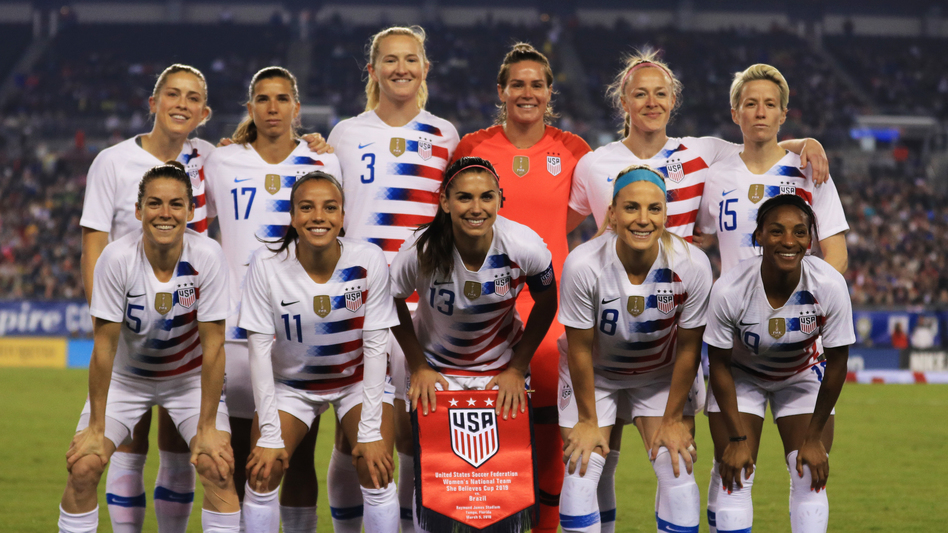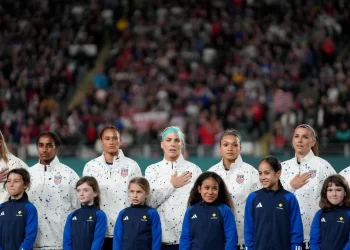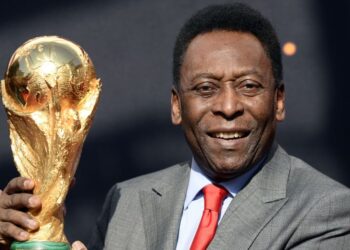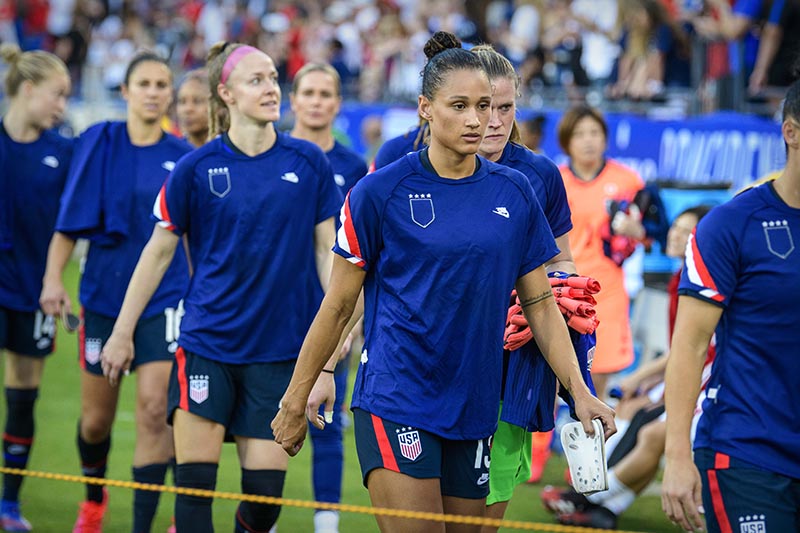“Our virtues and our failings are inseparable, like force and matter. When they separate, man [or woman] is no more.” Nikola Tesla, not much too early, accurately perceived the status of the US women’s national soccer team. Headlines of a lawsuit against the national federation run adjacent to previews of the 2019 World Cup. For 30 years, the US earned much (albeit imperfect) success on the field. At the same time, the world’s best had to fight equally hard in the courtroom for equal rights. It’s this jumbled yarn that journalist Caitlin Murray tries to untangle in her new book The National Team. The book, like its team, is generally reliable but at times incomplete.
National Team Details Field Successes
Murray painstakingly researched her work with an exhaustive list of interviews and references. She begins with the inauspicious beginnings of a rather haphazard group in 1985. By the time the story abruptly ends in 2019, readers will have national team knowledge little known elsewhere. Never knew Hope Solo’s story? Murray tells you all you needed to know, and maybe some you needn’t. Didn’t have much knowledge of the NWSL or its predecessors? You’ll hopefully learn more about management than some officials ever did. And Murray also tells the story of each win and loss in an endearingly biased manner.
The Sexism Fight
The current lawsuit is but the latest in a long fight for equality. Early on in women’s soccer, MagicJack owner Dan Borislow seems to bail out the WPS pro league by purchasing a team. Instead, his poor management leads to a lawsuit that bankrupts the league. The US women don’t find help from the federation either.
In 2015, the women’s World Cup winner earned $2 million. The last-place men’s team in 2014 “won” $8 million. Meanwhile, FIFA wasted $30 million on one of the worst movies to ever air in America. The reader will be quite upset by the facts of sexism. Thankfully, she will be upset by just the events and not any unneeded moralizing.
Criticism
Although The National Team is a compelling narrative, the writing quality is too often uncompelling. Despite Murray’s evident passion for soccer, she struggles with wordiness and too-frequent cliche laziness. She at one point is quite confused with tense: “As time has gone on, the league has seemed to get stronger.” (p. 205) A bit later, she makes an important plot point in a depressingly casual manner: “In the grand scheme of the national team, the poor Algarve Cup performance appeared to be nothing more than a small blip.” (p. 213) The noise of unconcise writing is the sole drawback from a must-read for dedicated women’s sports fans. And now, like soccer girls idolizing Carli Lloyd or the ’99er legends, we have a model, however flawed, of sports success to follow.


 NFL
NFL






